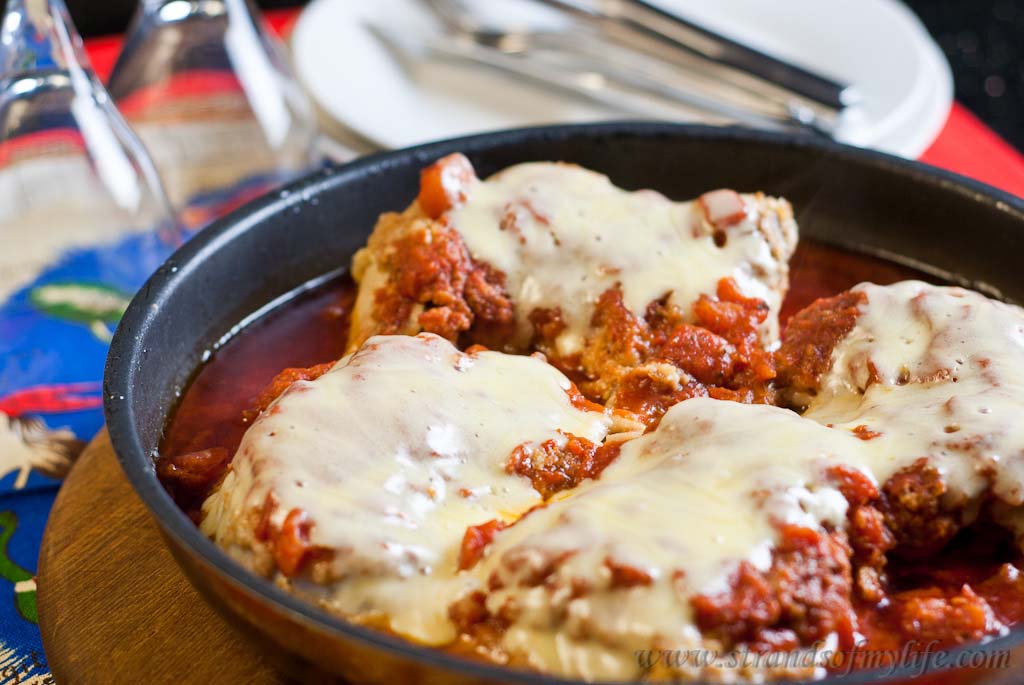The Video
The Transcript
How do I get an adequate intake of fibre when on the low Fodmap diet?
How much Fibre is the right amount?
Fibre is a big question when on the low Fodmap diet because fibre is a gut irritant but we need it for “normal” bowel function. Normal bowel function, you may say, what is that? Those with IBS have no clue what is normal because our toilet visits are a daily surprise. If this is all a mystery to you, go check out the Bristol stool chart. https://www.continence.org.au/pages/bristol-stool-chart.html Numbers 3-4 are normal. You can do a nice little comparison there and see where you sit on the chart. Now, we need fibre to achieve this ideal, in fact 25-30 grams is the recommended fibre intake for the general population, and we should apparently try to adhere to that. Many of us will burst into tears when we hear this because we get nowhere near that before our guts rebel and create a whole raft of IBS symptoms. As I keep saying, we are all individual and that fine line before we tip over into that unpleasant place is different for each of us.
Anyway, that’s the ideal and you should try to aim for it but stop short of getting a gut ache. If you have IBS on the side of diarrhea, you will want to go very easy in your quest for the right amount because fibre facilitates the movement of food through the bowel and you already have that happening at speed. On the other hand, those with constipation definitely need the fibre to keep things moving but even we, and yes, I am in this group, have limits and I know mine comes far before 25 grams of fibre per day.
Where in the Low Fodmap Diet can I find this Fibre?
But, moving on, how do we get that much since we have had to cut out many plant foods which is where fibre is found? Foods like legumes, pulses, some grains and various fruits and vegetables. But all fruit, vegetables and grains have fibre in them to varying degrees even the low Fodmap ones so you can still make a good go of this. The main fruits we can eat are bananas, the citrus fruits, some of the berries like blueberries and raspberries and other fruits like kiwifruit, which is a great source and good for constipation. We can consume a wide range of vegetables and if you keep the skins on, the amount of fibre will be even higher. Vegetables like 1 medium potato, 1 medium carrot, 1 cup spinach, 1 cup normal cabbage, ½ cup bell peppers, ½ cup eggplants (skin on even here), ½ cup fennel, ½ cup pumpkin, ½ cup green part of leeks – and that’s just to mention a few. It’s important to eat these fruits and vegetables so spread them out through your recommended 5 small meals a day so you are not eating too much at one meal and committing the overload sin which sees too many low Fodmap vegetables adding up to a high Fodmap mess. Nuts, but no pistachio or cashews, are a good source of fibre so fit some in every day, All grains have fibre but some more than others. Good ones are oats, brown rice, oat or rice bran and quinoa. And remember you can have ¼ cup of canned chickpeas or ½ cup of canned lentils, which will give you a good hit of fibre.
Try as much as possible, and this is something I keep repeating, to eat whole unprocessed foods and you will have the best shot of achieving an adequate fibre intake.
What about Fibre Supplements?
I personally don’t recommend fibre supplements because they can cause unpleasant reactions as I have experienced many times in the past when I have once again taken a doctor’s advice and used one. They invariably ended in disaster. I know those of you who suffer from constipation may feel desperate enough to try one but I would take the food route first.
Hopefully, that has clarified a little the question about fibre on a low Fodmap diet.
If you would like to receive a free 4-part video series on the low Fodmap diet and how to integrate it into your life as well as an accurate food chart, then go to the link on the screen to receive it. https://www.strandsofmylife.com/inspired/
Chicken Parmesan

This is a delicious way of cooking chicken legs from my little green book. There's a little bit of work in the crumbing but then it cooks itself, so a great prepare and go away dish. I served it with potatoes but you could serve it with rice, quinoa or polenta too because the sauces would be soaked up nicely by the grains. Dario complained about having to fight with the bones, but against the bones is where the tenderest and tastiest meat is. And the legs are a surprisingly cheap cut of chicken.
- 4 chicken legs
- 1 egg
- Breadcrumbs
- 2 tbsp oil
- 1 x 420gm/15oz can of chopped tomatoes
- ¼ cup water
- ½ tsp oregano, basil and thyme
- Salt & pepper
- 4 slices of mature cheese
- Parmesan
- Beat the egg with 1 tbsp water.
- Roll the chicken in the egg and then in the breadcrumbs.
- Heat the oil in a deep frying pan and brown them all over.
- Mix the rest of the ingredients in a bowl except the cheese and pour over the chicken.
- Cover and cook for 45 minutes.
- Place a slice of cheese on each leg and heat until the cheese melts.
- Serve with grated Parmesan cheese.




Thanks for this post, and especially for including a transcript to the video! Really helpful advice 🙂
You are welcome. I have decided that I will reduce my postings but include the transcription and I am working on also making many of the videos into podcasts so people can download them and listen to them while going about their lives.
Your parmesan chicken is a great family-looking meal. However, my husband now has to go dairy-free so dishes with cheese are out. I’m finding I’m cooking more Thai dishes because these never have cheese. Wouldn’t mind your chicken though! xx
Oh no, it’s never easy when these restrictions happen. I am so happy that lactose is not a problem for me as I love cheese in cooking. Cooking Thai is a great solution. They have fabulous food.
Chicken Parm recipe looks great. “cover and cook for 45 minutes”, but at what temperature?
thanks
They are cooking in a stovetop pan so the temperature is not relevant.
Temperature is always relevant in cooking. Low, med low, med, med high, high?